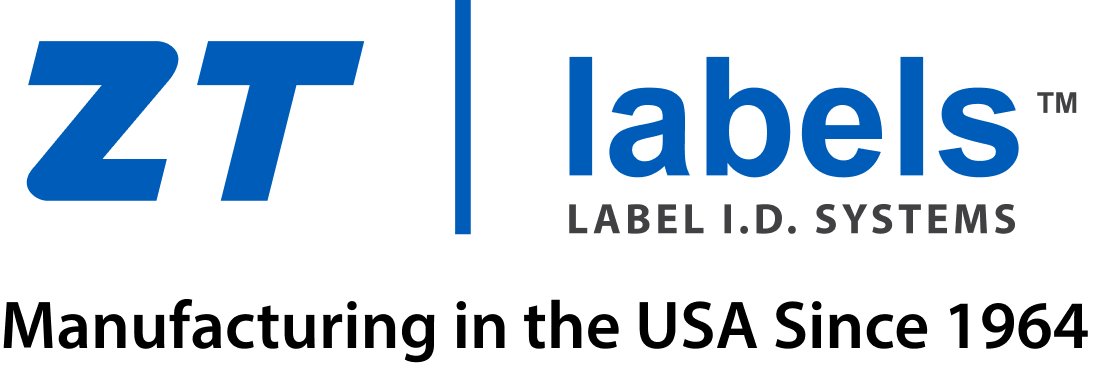In today’s world, barcodes are everywhere—from grocery stores to warehouses to libraries—quietly powering the global economy. But how did this simple pattern of lines and spaces become a universal standard? Let’s take a look at the fascinating story behind the birth of the barcode.
The Problem: A Need for Efficiency
In the mid-20th century, retailers faced a growing challenge: how to quickly and accurately track inventory and manage sales in increasingly large stores. Manual processes were slow and prone to error, leading to inefficiencies and lost revenue. The retail industry needed a solution that could streamline operations and provide real-time data.
The Inspiration: Morse Code and Bull’s-Eye Symbols
The idea for the barcode was born in the early 1940s when two graduate students, Bernard Silver and Norman Woodland, heard a grocery store owner express frustration over slow checkout lines. Woodland, drawing on his knowledge of Morse code, realized that information could be encoded in a series of lines and spaces, much like the dots and dashes used in telegraphy. He sketched out a circular “bull’s-eye” barcode, which could be scanned from any direction, and patented the concept in 1952.
The Evolution: From Bull’s-Eye to Linear

While the original bull’s-eye design was innovative, it proved impractical for widespread use. Scanners of the time struggled with the complexity of reading circular patterns. In the late 1960s, the linear barcode, which we know today, began to take shape. IBM engineer George Laurer played a pivotal role in refining the design, creating the Universal Product Code (UPC) with a rectangular pattern of lines and spaces. This design was easier to scan and became the industry standard.
The Breakthrough: Adoption by the Retail Industry
The first commercial use of the barcode came on June 26, 1974, when a pack of Wrigley’s chewing gum became the first product ever scanned at a checkout counter in Ohio. The success of this moment sparked widespread adoption across the retail industry, as businesses quickly realized the efficiency and accuracy benefits of barcode technology.
The Global Impact: A Universal Language of Commerce

Today, barcodes are a global standard, facilitating the smooth operation of supply chains, inventory management, and sales processes across industries. The simple, unassuming lines and spaces hold vast amounts of data, helping businesses track products, reduce costs, and improve customer service.
Conclusion
In conclusion, the barcode's evolution underscores the incredible impact that a single innovative idea can have on the world. What started as a straightforward solution has become a cornerstone of the modern economy, illustrating how technology can revolutionize industries and enhance everyday life. As we continue to push the boundaries of what's possible, it's crucial to embrace solutions that streamline and optimize our operations.
For those looking to harness the power of cutting-edge labeling technology, look no further than ZT Labels. Discover how our advanced labeling solutions can elevate your business and keep you at the forefront of innovation.
Contact us today to learn more.



